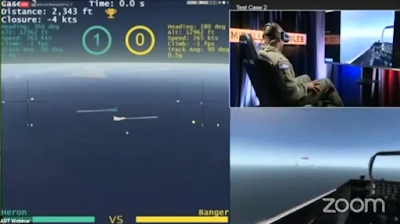Emergence is a short VR experience from indie studio Universal Everything that, with its unique crowd simulation, raises some interesting questions about life, society and how we connect to it all. Emergence serves up a short but pregnant message about how we’re the protagonists of our own stories. Like the little third-person golden avatar, sometimes people flock to you, run from you, mimick you, and even huddle together in undulating tribes, leaving you on the outside looking in.
Sometimes you’re the objecct of red hot hatred and no one wants to touch you. Sometimes you only percieve those immediately around you, leaving everyone else on the planet to fade away to the literal size of ants. Although there’s no true goal or defined endpoint—it’s an art piece after all—it’s a nice reminder in a socially distanced world that we’re both individuals and a collective, even if we may lose sight of that little paradox every once in a while.
More information:







